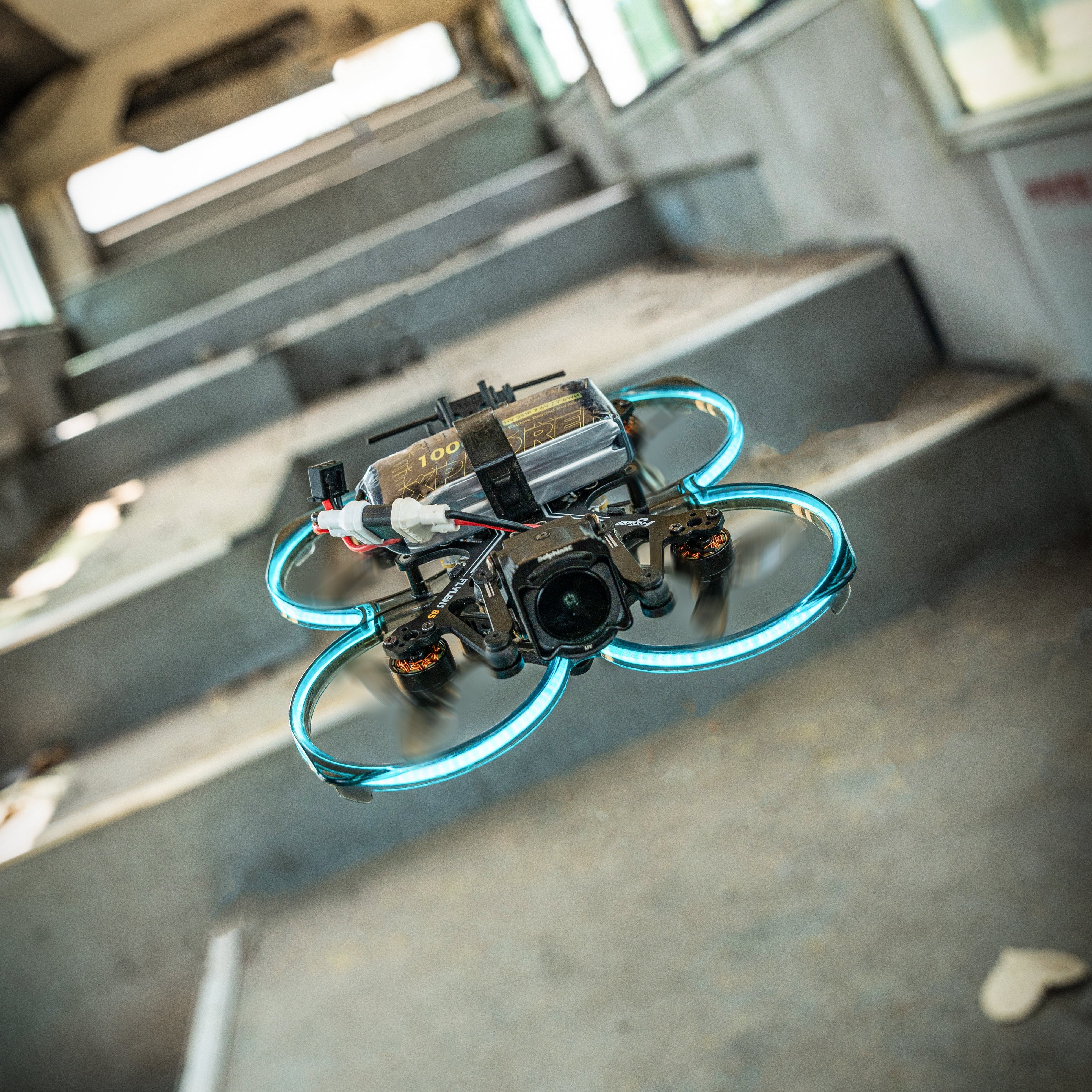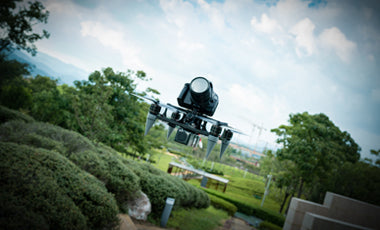
In recent years, against the backdrop of breakthroughs in new-generation technologies such as communication and navigation, China's unmanned aerial vehicle (UAV) industry has experienced rapid development. Whether in the military or civilian sectors, an increasing number of drones have emerged, not only bringing great convenience to production and daily life but also giving rise to a vast commercial landscape.
However, as the application and expansion of drones continue to grow, the industry has also faced various risks and challenges. Issues such as unauthorized drone flights, accidents causing injury, privacy breaches, and illegal usage have posed threats to the development of China's drone industry. Additionally, the limited endurance of drones has become a major pain point restricting industry progress.
It is widely known that endurance capability is a prerequisite for ensuring drone operations. The duration and stability of endurance directly impact the breadth of drone application scenarios and purposes. Historically, the endurance of Chinese drones has generally remained within 30 minutes, significantly limiting their potential applications.
Several factors contribute to the endurance performance of drones, including lift-to-drag characteristics, engine performance, battery capacity, propeller aerodynamics, and aircraft structural weight. Any unreasonable design parameters can negatively affect endurance performance, with batteries playing a particularly crucial role.
Given this context, when discussing improvements to drone endurance, the focus often falls on battery energy. However, for the majority of ordinary users, design parameters such as drone batteries are typically fixed before manufacturing, making them challenging to modify. So, how can we alleviate the impact of poor drone endurance?
In addition to internal factors, external environmental factors and various variable factors also influence drone endurance. These include factors such as mission payload weight and energy consumption, flight speed and altitude, atmospheric temperature and humidity, maneuvering during flight, wind conditions, and battery lifespan. As ordinary individuals, we can effectively contribute to improving endurance by addressing these aspects.
For example, an increase in mission payload weight leads to an increase in the overall weight of the drone, resulting in higher lift requirements and increased drag, which in turn increases the power consumption of the engine or battery, thereby reducing endurance. To address this, we can reduce the payload weight of the drone or opt for lighter equipment, depending on the specific requirements.
Furthermore, flight altitude and speed also impact the engine performance and lift-to-drag characteristics of the drone, thereby affecting endurance. The higher and faster the drone flies, the higher the energy consumption and the poorer the endurance. In such cases, selecting appropriate altitude and speed for the drone flight can maximize endurance.
Additionally, atmospheric humidity and temperature also affect drone endurance. Higher humidity and temperature lead to lower air density, resulting in reduced thrust generated by the propellers and increased power consumption, thereby decreasing drone endurance. Therefore, flying the drone in dry, clear, and windless weather conditions is preferable for optimizing endurance.
Lastly, battery lifespan has the greatest impact on drone endurance. Factors such as battery usage environment and frequency of charging and discharging can affect the battery's capacity and, consequently, its lifespan. To maximize battery lifespan and drone endurance, it is important to maintain and use the battery in a regular and proper manner.
In conclusion, ordinary individuals can indeed explore and optimize drone endurance. By planning flight routes carefully, paying attention to flight altitude and speed, selecting favorable weather conditions with stable airflow, clear skies, and lower temperatures, and properly maintaining and using batteries, we can extend the flight time and improve the stability of drones.





Leave a comment